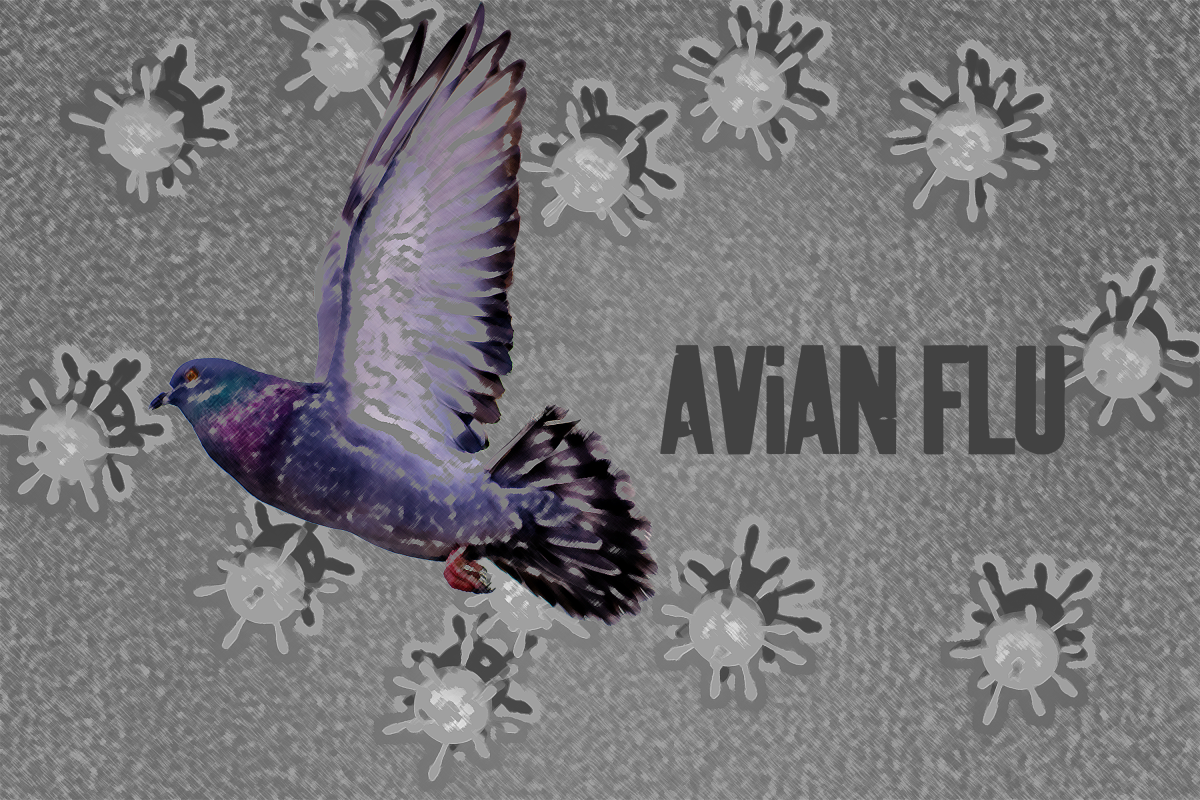More than 130,000 Americans will be diagnosed this year with a serious blood disease, and 70 percent of those people will rely on the compatibility of a bone marrow donor found on the national bone marrow transplant registry.
Gary S. Owens, senior principal of FKP Architects, Inc., will give a lecture at 11:30 a.m. Friday on the issue of bone marrow transplant units in pediatric hospitals as part of this year’s Architecture-for-Health lecture series put on by the Texas A&M College of Architecture.
Owens said the lecture will give students insight into specialty care units, which are a critical part of a cancer patient’s road to recovery.
“This type of patient unit and its design requirement is not the normal study in college,” Owens said. “The Bone Marrow Transplant, or BMT, units have evolved over the past 20 years and successful patient results continue to improve. It has some unique heating, ventilation and air conditioning requirements and is evolving as a department within hospitals.”
Steven Klawinsky, chemistry junior and president of the Texas A&M chapter of Be The Match, a national registry program that is part of the National Marrow Donor Program, said he hopes the lecture brings awareness to the misconceptions of bone marrow donations and dispels any myths about the general bone marrow transplant process.
“One of the biggest misconceptions is that the transplant itself is painful,” Klawinsky said. “People’s view of bone marrow donating is skewed due to Hollywood’s dramatization of it. The actual donation process is not strenuous at all.”
Klawinsky said there are two ways to donate bone marrow. The newer way is a peripheral blood stem cell transplant similar to donating plasma, and the traditional way is a process in which donors are put under anesthesia for a short period of time and up to five percent of their bone marrow is drawn from the hip area.
Sydney Dunn, biomedical sciences senior and vice president of the Texas A&M Cancer Society, said the upcoming lecture will give people an understanding as to why there is a need for the transplants — painful or not.
“A lot of the people on the list — this is their last resort,” Dunn said. “It’s sad when a thing that you know can save someone’s life isn’t done because people don’t understand it.”
Dunn said the Texas A&M Cancer Society raises awareness about all types of cancer, and believes every type of cancer deserves the same amount of awareness, recognition and research. Dunn said the Texas A&M Cancer Society holds a bone marrow registry drive every year.
“Everyone is affected by cancer in some sort of way,” Dunn said. “There can never be enough people on the registry.”
Friday lecture: Hospitals evolve with bone marrow transplant units
October 26, 2014

Provided
Members of the American Childhood Cancer Organization hold a bone marrow registry drive.
0
Donate to The Battalion
$810
$3500
Contributed
Our Goal
Your donation will support the student journalists of Texas A&M University - College Station. Your contribution will allow us to purchase equipment and cover our annual website hosting costs, in addition to paying freelance staffers for their work, travel costs for coverage and more!
More to Discover









